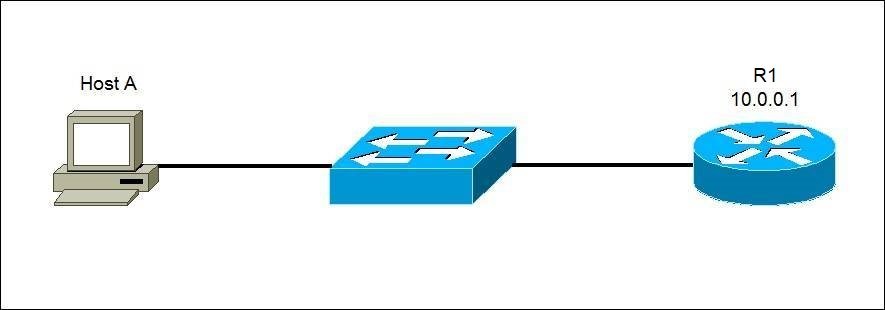FTP (File Transfer Protocol)
FTP is a network protocol used to transfer files from one computer to another over a TCP network. Like Telnet, it uses a client-network architecture, which means that a user has to have an FTP client installed to access the FTP server running on a remote machine. After establishing the FTP connection, the user can download or upload files to and from the FTP server.
Consider the following example:
A user wants to transfer files from Host A to the FTP server. The user will start an FTP client program (in this example, Filezilla), and initiate the connection:
In the example above, the anonymous authentication was used, so the user was not asked to provide the password. The client can now transfer files from and to the FTP server using the graphical interface.
FTP uses two TCP ports: port 20 for sending data and port 21 for sending control commands. The protocol supports the use of authentication, but like Telnet, all data is sent in clear text, including usernames and passwords.
TFTP (Trivial File Protocol)
TFTP is a network protocol used to transfer files between remote machines. It is a simple version of FTP, lacking some of the more advanced features FTP offers, but requiring less resources than FTP.
Because of it’s simplicity TFTP can be used only to send and receive files. This protocol is not widely used today, but it still can be used to save and restore a router configuration or to backup an IOS image.
Consider the following example:
A user wants to transfer files from Host A to the router R1. R1 is a Cisco device and it has a TFTP server installed. The user will start an TFTP client program and initiate the data transfer.
TFTP doesn’t support user authentication and sends all data in clear text. It uses UDP port 69 for communication.
Download our Free CCNA Study Guide PDF for complete notes on all the CCNA 200-301 exam topics in one book.
We recommend the Cisco CCNA Gold Bootcamp as your main CCNA training course. It’s the highest rated Cisco course online with an average rating of 4.8 from over 30,000 public reviews and is the gold standard in CCNA training:



